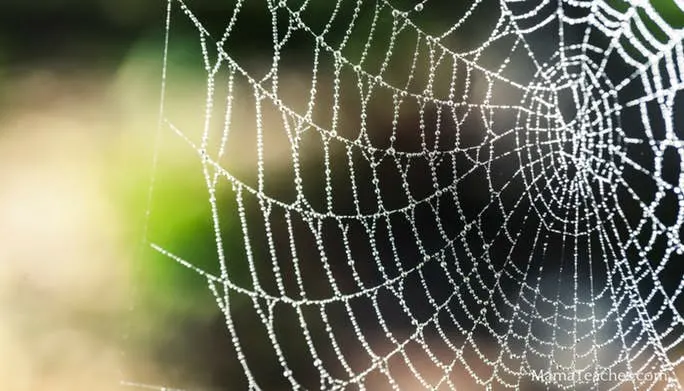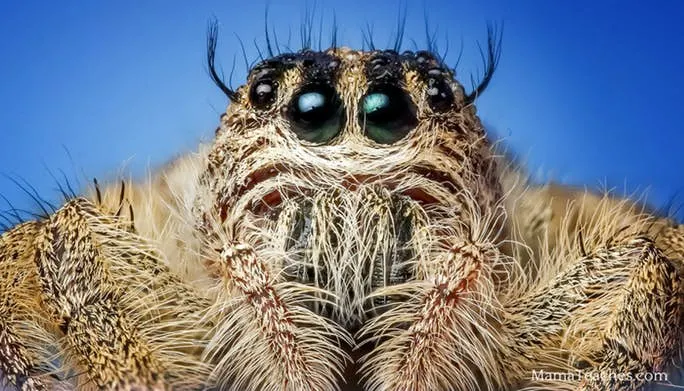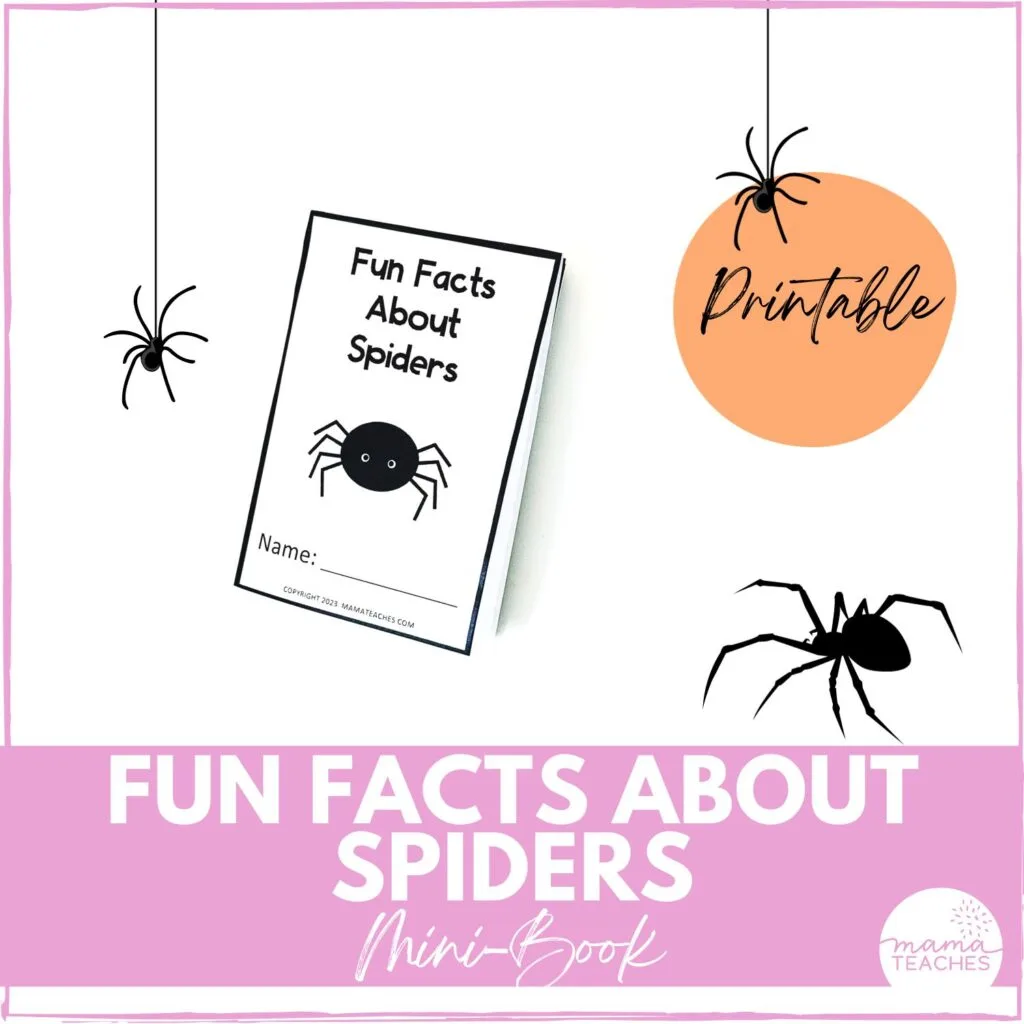Spiders are everywhere (almost!). Check out these fun facts about spiders to learn more about these tiny (and not so small!) creatures! These spider facts are creepy crawly!

Spiders are fascinating creatures that can be found in various habitats around the world.
They may seem scary to some people, but they play an important role in our ecosystem.
So whether you’re working on a spider craft or just want to learn more about these creepy crawly critters, here are some fun spider facts that will keep kids engaged!
Facts About Spiders
Spiders Are Not Insects
Although spiders and insects may look similar, they belong to different groups of animals.
Spiders are arachnids, while insects have six legs and three body segments.
Spiders have eight legs and two body segments.
Spider Silk is Incredibly Strong
Spider silk is known to be one of the strongest natural materials in the world.
It is even stronger than steel of the same thickness.
Spiders use their silk to build webs, catch prey, and protect their eggs.
Spiders Come in Different Shapes and Sizes
Spiders come in a wide variety of sizes and shapes.
The smallest spider, the Patu digua, is only about 0.37 millimeters long, while the largest spider, the Goliath bird-eater, can have a leg span of up to 30 centimeters.

Spiders Have Multiple Eyes
Most spiders have eight eyes, although not all of them can see very well.
Some species rely more on their sense of touch and vibrations to navigate and hunt.
Spiders are Skilled Hunters
Spiders use different hunting techniques to catch their prey.
Some build intricate webs to trap flying insects, while others actively hunt by pouncing on their victims or ambushing them.
Spiders Molt to Grow
As spiders grow, they need to shed their exoskeletons in a process called molting.
After molting, a spider’s new exoskeleton is soft and vulnerable until it hardens.
During this time, spiders may hide and avoid predators.

Some Spiders are Venomous
While most spiders are harmless to humans, some species have venom that they use to subdue their prey.
It’s important to remember that spiders only bite humans as a last resort when they feel threatened.
Spiders are Found Everywhere
Spiders can be found on every continent except Antarctica.
They adapt to various climates and habitats, from deserts to rainforests and even underwater.
Spiders Help Control Insect Populations
Spiders are natural pest controllers.
By catching and eating insects, they help keep their populations in check.
In fact, spiders are estimated to consume hundreds of millions of tons of insects each year.
Not All Spiders Spin Webs
While many people associate spiders with webs, not all spiders spin them.
Some spiders prefer to live in burrows or hide in leaf litter, relying on other hunting techniques to catch their prey.
Expand Learning with a Spider Fun Facts Mini-Book
Take learning about spiders on the go with a fun Fun Facts About Spiders Mini-Book! Grab your copy here!

And don’t forget to grab your free Fun Facts Worksheets to expand students’ learning!
Learning About Spiders
Learning about spiders can help children appreciate these unique creatures and understand their importance in nature.
Next time you come across a spider, take a moment to observe it and marvel at its incredible adaptations.
Remember, spiders are generally harmless and play a vital role in our ecosystem.
So let’s embrace the wonders of these eight-legged creatures!
